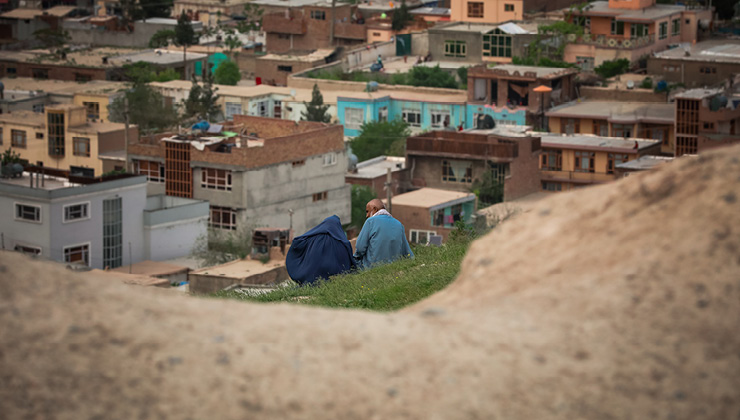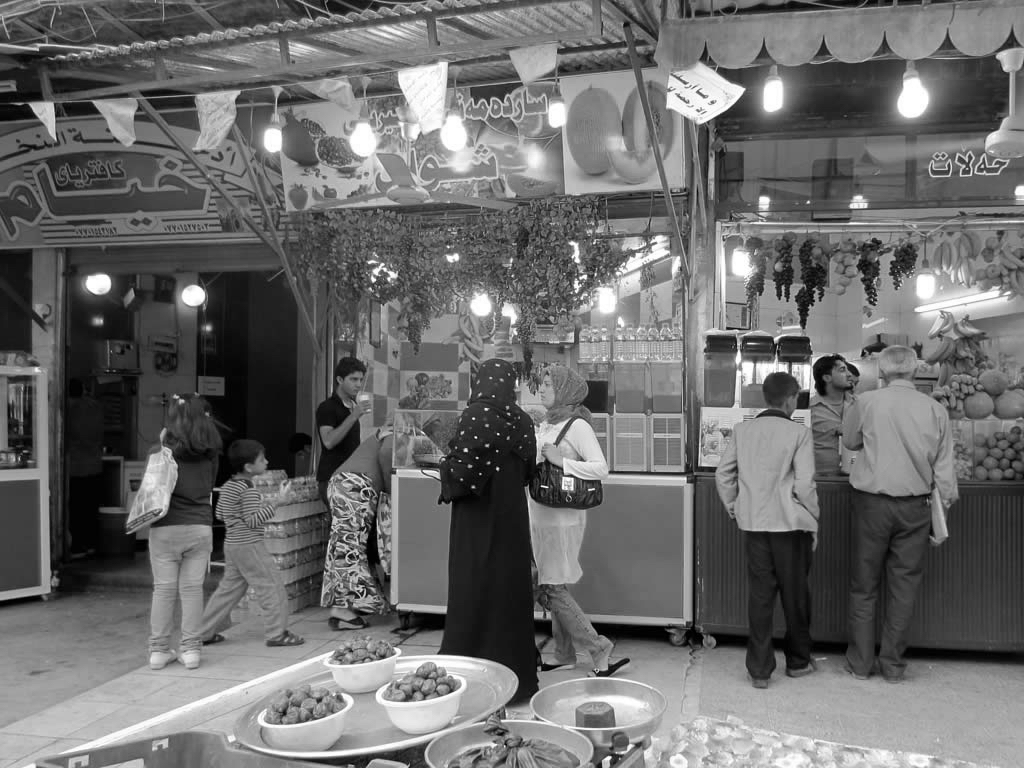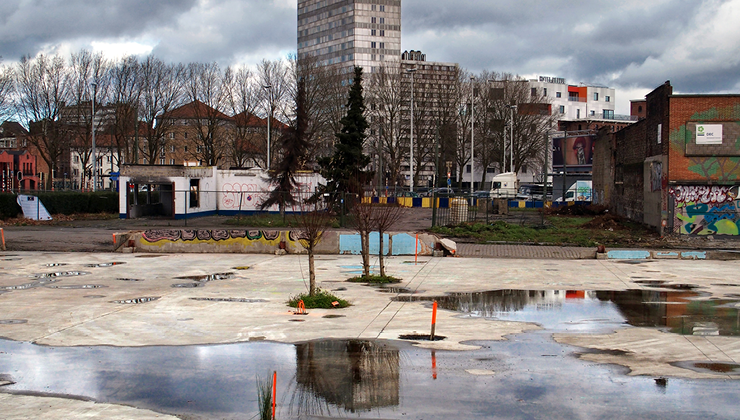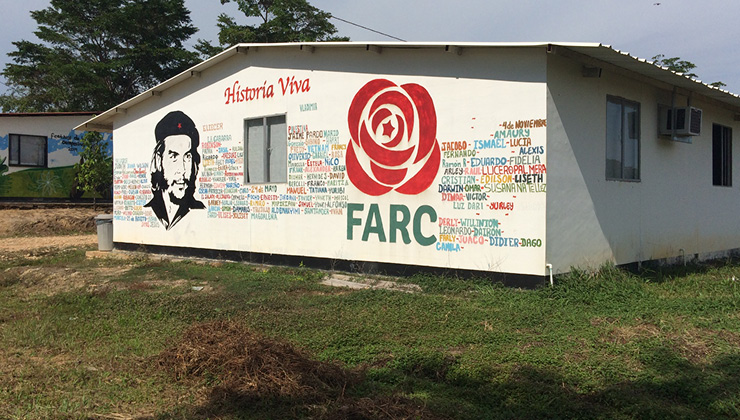Ingrid Munch and Callum Watson set out six clear steps that need to be taken to achieve women’s meaningful participation in peacekeeping operations. The recommendations presented here are based on the research undertaken for DCAF’s Opportunities for Women in Peacekeeping: Policy Series.
Integrating a gender perspective in peace operations has been a key UN priority for the past two decades. This includes recognising the reality that achieving the “equal participation and full involvement of women in all efforts for the maintenance of peace and security” would require addressing “the need to increase their role in decision-making”.
Initially, gender advocates in troop and police-contributing countries (TPCCs) worked on increasing the number of women deployed. Efforts focused on training women to better match the skillsets of their male counterparts, setting up quotas, building new facilities, and creating women’s support networks and professional associations, among others. However, academics, civil society and even the peacekeepers themselves have stressed that just having more women isn’t enough; we need to instead strive for more meaningful participation of women, whereby women have equal opportunities to access any desired functions, decision-making roles, or hierarchal level with the absence of institutional or attitudinal barriers. Achieving that, and thus the aims of UN Security Council Resolution (UNSCR) 1325, will require a radical, systemic change.
Shifting the focus from individuals to institutions
This reframing is critical for two reasons. First, it shifts the focus of interventions from individual women towards security sector institutions that deploy uniformed personnel (i.e., national defence, police and gendarmerie institutions), placing the responsibility squarely where it belongs: on creating safe, respectful and inclusive work environments for all staff. Second, it prompts reflections on what is meant by meaningful participation and, subsequently, operational effectiveness. These reflections can push policy discussions beyond short-term numerical targets, and towards a longer-term goal: ensuring that UN peacekeeping contributes to sustainable, gender-equal peace.
We need to strive for more meaningful participation of women, whereby women have equal opportunities to access any desired functions, decision-making roles, or hierarchal level with the absence of institutional or attitudinal barriers.
Helping to fuel this change in focus is the Elsie Initiative launched by Canada in 2017. It is a global push to fund, design and pilot innovative tools and strategies to identify and reduce barriers to uniformed (i.e., police and military) women’s deployment and participation in UN peace operations. As active partners in this initiative, DCAF – Geneva Centre for Security Sector Governance and Cornell University developed the Measuring Opportunities for Women in Peace Operations (MOWIP) methodology to assess barriers and opportunities for women from the perspective of national security sector institutions.
MOWIP assessments have been completed in five security institutions in four countries and continue to be implemented around the world [1]. Based on completed assessments’ findingsonclusions here that can be drawn about why progress towards the participation pillar of UNSCR 1325 has been slow to date, and where future efforts should be focused.
1. Security institutions continue to perceive family caregiving responsibilities as outside their purview.
Men have been able to fully participate in peacekeeping operations because others – predominantly women – have taken on the vast majority of family care-giving responsibilities. The indirect contribution of caregivers to operational effectiveness in peacekeeping has been overlooked. Yet, it is only when security institutions begin to see care work as a workforce issue rather than a household issue that it can be shared fairly between men and women – as well as between a security institution and its personnel. Women will not be able to participate equally until security institutions demonstrate a duty of care towards staff with caring responsibilities and acknowledge the requirement to provide equal support and resources including financial and human, to all their staff.
2. Deployment criteria means that personnel with the most potential to succeed in peace operations are not selected.
The average peacekeeper is a 29-year-old low-ranking military serviceman who excels in shooting, driving, and doing push-ups, and who might exhibit rigid gender beliefs such as, “wives should obey their husbands” and “husbands have a duty to protect the purity of their female family members” [2]. Are these the most important attributes of a peacekeeper? Formerly deployed peacekeepers themselves say that communication, interpersonal competences and the ability to work with peacekeepers from other cultures are the keys to success in mission. Consequently, deployment criteria should be updated to include broader, non-combat skills as well as the attitudes needed to work in multinational, multi-ethnic and mixed-gender teams, and to vet for any past record of perpetrating discriminatory acts. This will result both in more diverse personnel being deployed and in deployed personnel being better suited to achieving complex mission mandates.
3. More effort is placed on fixing women than on fixing institutional culture.
Security institutions need to be agile and adaptable, able to select and foster individuals with diverse skillsets, and be run by leaders who exemplify the values and identity of the institution. Today, talented women who are recruited are too often pigeonholed into stereotypical roles associated more with their gender than their abilities. In some instances, women are not deployed in operational roles for their own “protection”, while in others they experience systematic social exclusion. An institution in which women aren’t treated as equal members of the team is not fit for purpose. Bringing about the necessary changes in leadership, policy, and practice may require an institutional culture “reboot”.
4. Real change is not possible without civil society oversight.
Security institutions are not alone in finding pathways to adapt in a way that embraces meaningful participation of women as a core value. Institutional transformation towards gender equality in the security sector is a complex and shared process in which ministries of defence and interior play a lead role, as well as foreign affairs when it comes to participation in peace operations. Acknowledgement of civil society expertise, and their oversight of both security provision and management is one central pathway towards implementing WPS provisions and commitments at home rather than just seeing them as foreign policy goals. Civil society engagement is thus a key factor in integrating changes in these security institutions, helping to hold institutions to account and turning targets for women’s participation in peacekeeping from “nice to have” into the cornerstone of a shared strategy.
5. Gender training must prioritise transforming attitudes, behaviours and institutional cultures.
Our research shows that gender training is effective at helping people remember that gender policies exist, but could be better at instilling a sense that these policies require them to transform their attitudes and behaviour and to deeply alter their approach to the planning and conduct of operations. It encourages personnel to think about the needs of women and men in the mission environment, but not to reflect on the needs of those in their own institution and how their own behaviour shapes – for better or worse – the gendered power dynamics in the workplace. It is also women who are primarily encouraged to attend. For gender training to be even more valuable as a tool to spur critical reflection, it needs to connect what’s happening outside to what’s going on inside, around the water coolers and in meeting rooms. That means encouraging potentially difficult, yet necessary, conversations regarding individual attitudes and behaviours and institutional cultures.
6. Discussions on women’s meaningful participation are siloed into the Women, Peace and Security Framework.
Our research shows that improving opportunities for women is not just about equal rights. The changes it would involve are critical to achieving the goals set out in the latest phase of the UN’s Action for Peacekeeping Initiative (A4P+), which seeks to ensure the future relevance and effectiveness of UN peacekeeping. The kinds of transformational shifts that need to happen, however, cannot be achieved by overworked gender advisors with limited budgets. Rather, they require gender to be applied as a cross-cutting mode of analysis across all collective and coordinated efforts in peacekeeping reform.
The overall lack of gender equality in the ecosystem of peacekeeping represents barriers to women as well as men, hinders operational effectiveness and undermines mission mandates. To do the right thing and to do things right, TPCCs and organisations that support peacekeeping have a responsibility to commit to the changes and strategies outlined above. This would not only contribute to meeting the goals of the WPS agenda, but also to durably transforming the landscape of peacekeeping and making it fit-for-the-future.
Such an undertaking will require strong political commitment on the part of member states – first, to undertake an institutional assessment such as the MOWIP; second, to integrate resulting findings and recommendations into the DNA of security institutions and into their strategic visioning and operational planning, and third, to take decisive action to transform policy; practice; training and professional development; and organisational culture.
To find out more, check out DCAF’s Opportunities for Women in Peacekeeping: Policy Series.
Endnote #1: As of the date of writing, the MOWIP methodology has been fully implemented in the Ghana Armed Forces, the Senegal National Police and Gendarmerie, the Uruguay Armed Forces and National Police, and the Zambia Police Service. In addition, the German Bundeswehr have conducted a Barrier Assessment drawing from the MOWIP methodology. It is currently being implemented in the Bangladesh Armed Forces, the Jordanian Public Safety Directorate, the Armed Forces of Liberia, the Armed Forces and Police of Mexico, the Niger Armed Forces, the Norwegian Armed Forces, the Republic of Sierra Leone Armed Forces and the Togo Armed Forces.\
Endnote #2: The MOWIP survey asks a sample of at least 380 personnel, half of which are men and half are women, and half of which have been previously deployed and half have not been previously deployed, a series of questions about different forms of masculinity, including exclusion, domination, honour, virility, and rape culture. This serves to measure whether negative masculine beliefs dominate the culture of the organisation assessed. See published MOWIP reports available on this page for more examples of how the resulting data was used and interpreted.
The views, thoughts and opinions expressed in this blog post are those of the author(s) only, and do not necessarily reflect LSE’s or those of the LSE Centre for Women, Peace and Security.
Image credit: A group of female UNAMID peacekeepers participate at the march organized by UNAMID Gender Advisory Unit in collaboration with the State Advisory of Women and Children Affairs in El Fasher, North Darfur. UN Women (CC BY-NC-ND 2.0)





